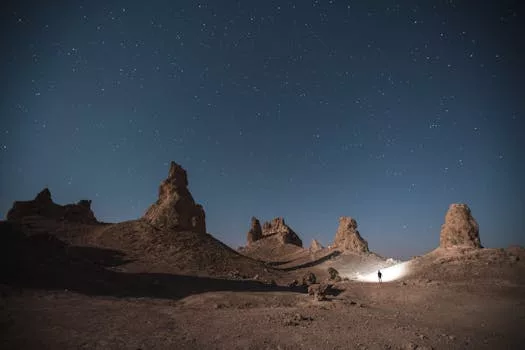
“
Stargazing and Storytelling: How Imagination Elevates Us Beyond the Stars
Introduction to Stargazing and Storytelling
Stargazing and storytelling have been integral parts of human culture for centuries. The night sky has always fascinated humans, with its twinkling stars, planets, and galaxies. The art of storytelling has been used to make sense of the universe, to explain natural phenomena, and to pass down knowledge and traditions from one generation to the next. In this article, we will explore the connection between stargazing, storytelling, and the human imagination, and how it elevates us beyond the stars.
The Power of Imagination in Stargazing and Storytelling
Imagination plays a crucial role in both stargazing and storytelling. When we gaze up at the night sky, our imagination runs wild, and we begin to see patterns, shapes, and stories in the stars. We imagine what it would be like to walk on the moon, to visit distant planets, or to encounter alien life forms. Similarly, when we listen to stories, our imagination helps us to visualize the characters, settings, and plot twists, and to connect with the emotions and themes of the story.
Imagination is what elevates us beyond the stars, allowing us to explore the universe in our minds, to dream of new worlds and civilizations, and to push the boundaries of human knowledge and understanding. It is the spark that ignites the flame of curiosity, creativity, and innovation, and it is what drives us to explore, to discover, and to create. For more on how imagination can inspire creativity, check out Cosmic Creativity: How Imagination Soars Beyond the Constellations.
The Connection between Stargazing, Storytelling, and Culture
Stargazing and storytelling have been closely tied to human culture and tradition. Many ancient cultures believed that the stars and constellations held spiritual significance, and that they could be used to predict the future, to guide navigation, and to explain natural phenomena. Storytelling was used to pass down knowledge, traditions, and values from one generation to the next, and to connect people to their cultural heritage.
In many cultures, stargazing and storytelling are still important parts of traditional practices and rituals. For example, in some indigenous cultures, stargazing is used to guide navigation, to predict the weather, and to connect with the spiritual realm. Similarly, in many oral traditions, storytelling is used to pass down history, myths, and legends, and to connect people to their cultural identity. This connection is beautifully explored in Beyond Stars: Where Imagination Takes Flight.
Conclusion and Takeaways
In conclusion, stargazing and storytelling are two interconnected activities that have been integral parts of human culture for centuries. Imagination plays a crucial role in both activities, allowing us to explore the universe in our minds, to dream of new worlds and civilizations, and to push the boundaries of human knowledge and understanding.
Some key takeaways from this article include:
- Imagination is a powerful tool that can elevate us beyond the stars and inspire us to explore, discover, and create.
- Stargazing and storytelling are closely tied to human culture and tradition, and have been used to pass down knowledge, traditions, and values from one generation to the next.
- Imagination is what connects us to the universe, to each other, and to our cultural heritage, and it is what drives us to innovate, to create, and to push the boundaries of human knowledge and understanding. For more insights on this topic, read The Infinite Universe of Imagination: Beyond Celestial Boundaries.




